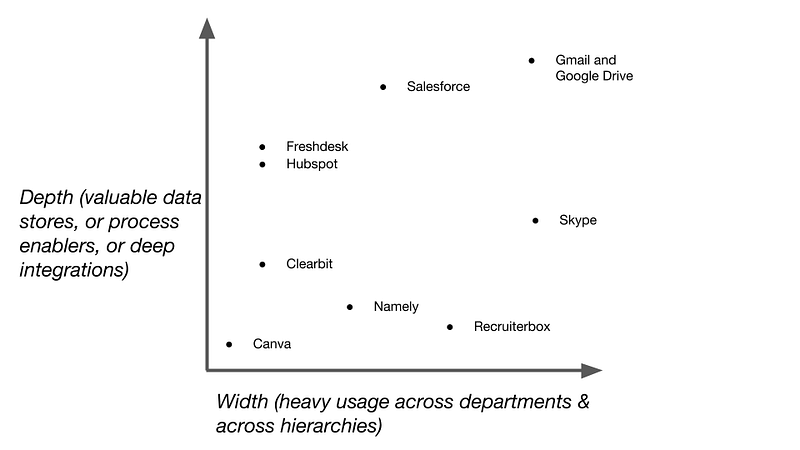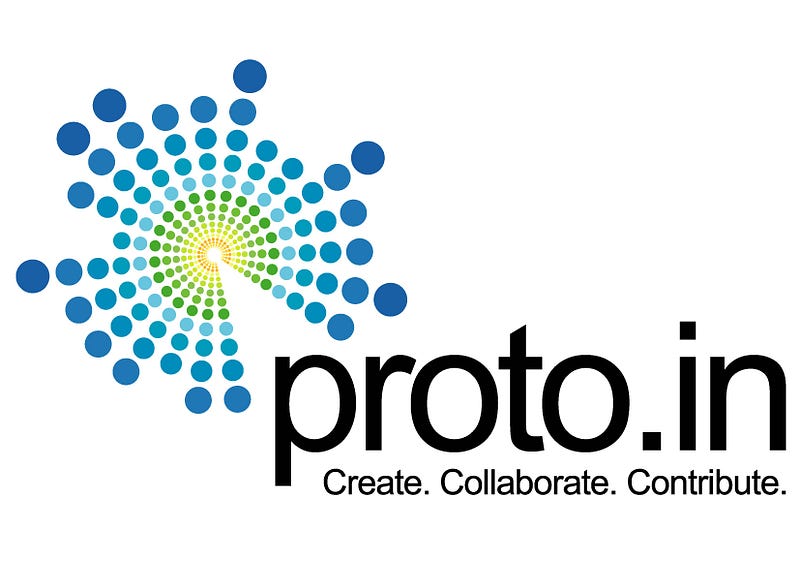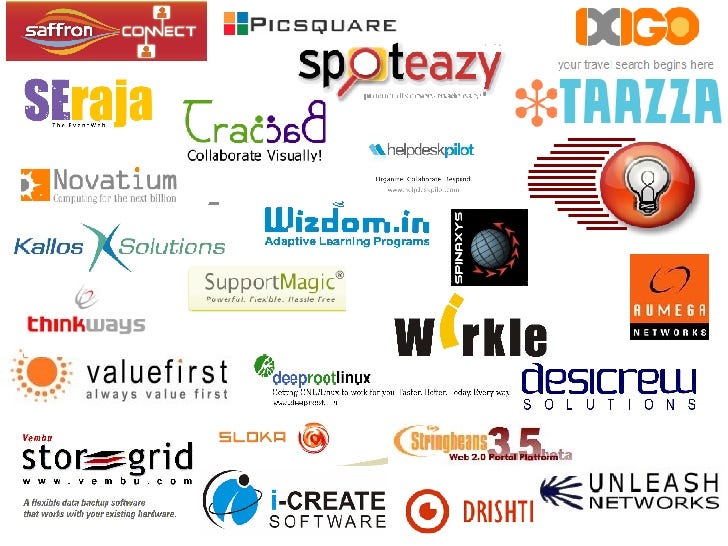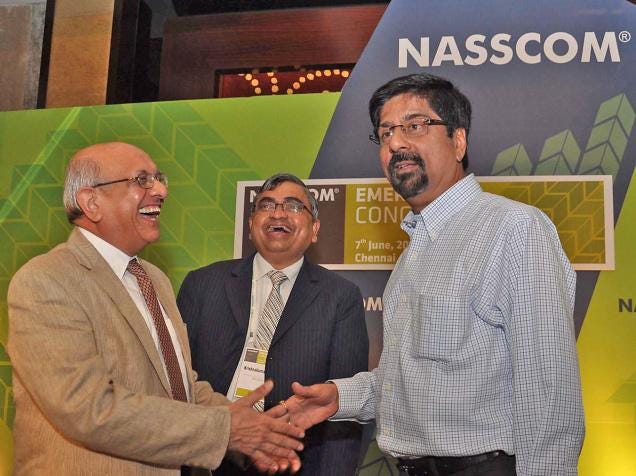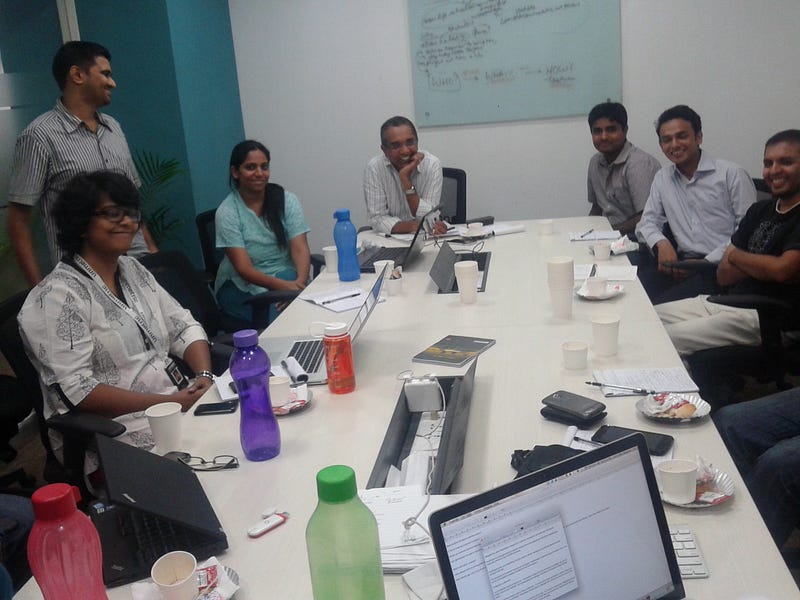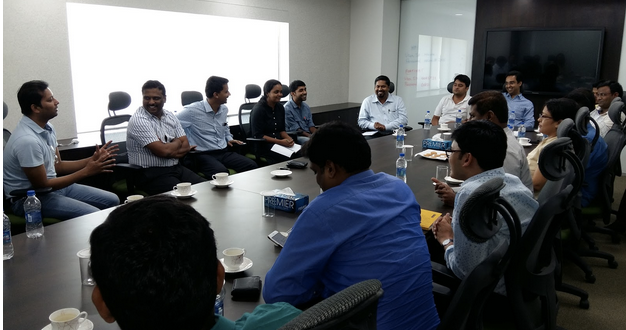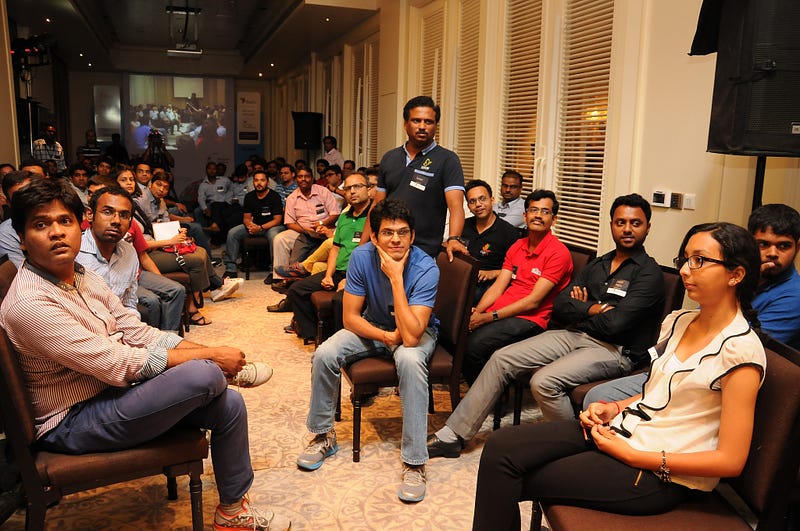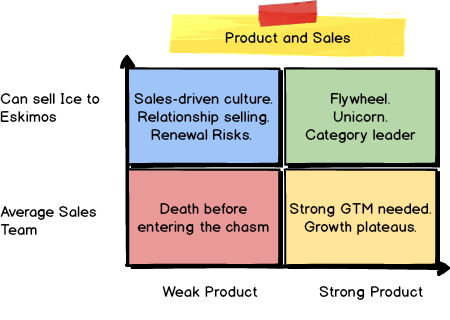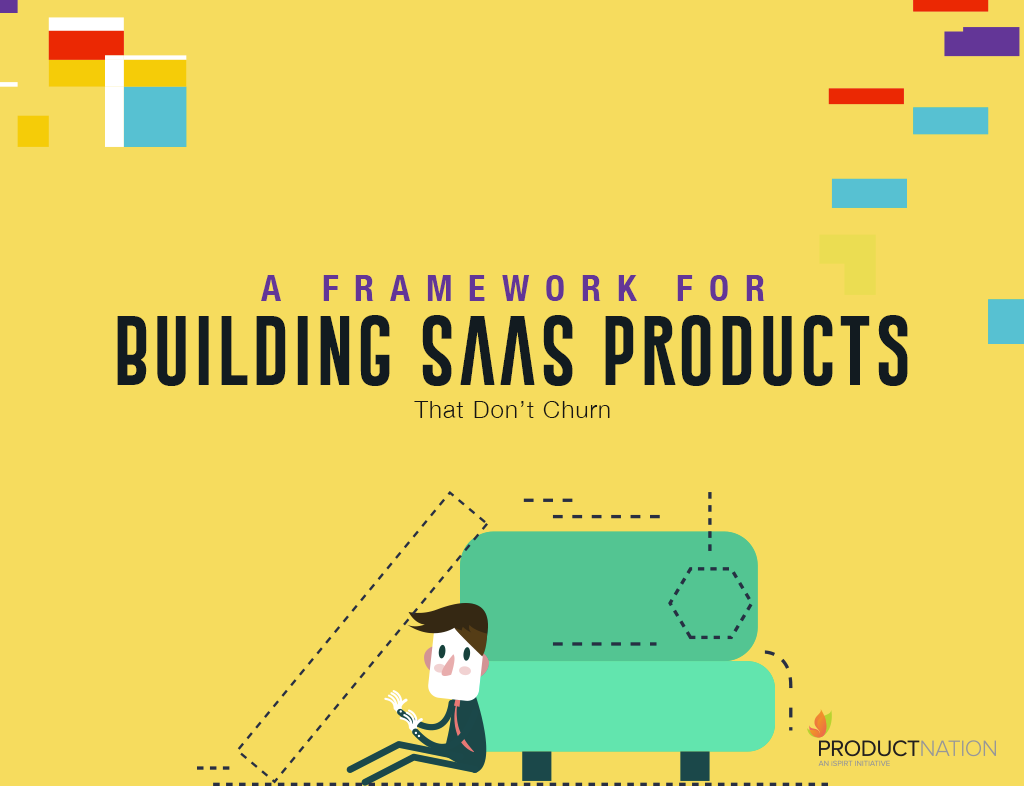Michael Jordan once remarked: “I’ve missed more than 9,000 shots in my career. I’ve lost almost 300 games. 26 times I’ve been trusted to take the game’s winning shot and missed. I’ve failed over and over and over again in my life and that’s why I succeed.”
Ask any entrepreneur, and they will say, well, this is the story of my life. Owning a business is one of the most cognitively challenging jobs. To move from a stable job with a steady income to one where uncertainty is the flavor of the day every day takes courage, competence and confidence. Most of all, it requires an emotional tolerance strong enough to deal with the pressures of change and unpredictability, not to mention the mental fortitude to navigate through it.
As iSPIRT approaches its 100th Playbook Roundtable, Avinash conceived the idea of a completely different roundtable theme. One that focused not on strategies and tactics that a founder could apply to his product but one that focused more on the tremendous evolution that an entrepreneur goes through in his or her journey. And who better than Abhishek Sinha of Eko to facilitate such a roundtable.
The playbook was held at Eko’s office on 3rd June 2017 with a select set of entrepreneurs in the Delhi NCR region.
Taking a leaf from Jeff Bezos’s playbook, Abhishek drafted a 6 pager that covered important phases in his entrepreneurial journey, and all the participants spent the first 30 mins going through it.
In this 6 pager, Abhishek shared real life stories all through his journey of 6d and Eko. These stories touched upon how he became desperate and did more of the same. How he understood for the very first time that it is critical to think different. How he attempted at thinking big and audacious. Why being young and with it being foolish and naïve helped. Once one has started on a big goal why it is critical to developing the understanding of the landscape especially regulations. How he learned the importance of execution, scaling and making money. The mistakes he made when Sequoia and Khosla wanted to write cheques and he couldn’t close the deal.
More importantly the lows in his personal life and how he sought help to get things back on track. How he has personally exhausted all options to lose and hence winning is the only option. Today, as a battle-hardened entrepreneur, why he has the conviction of success.
These thoughts set up the tone for an interesting set of candid discussions and expressions over the next few hours. I have captured some of them below:
Enjoy your journey
Most of us started on the entrepreneurship journey with the idea to create something cool or do something fun. It was never about creating a billion dollar business. There was a lot of pureness to this thought as we went about solving one problem at a time, and having fun. But slowly we stop enjoying ourselves. We stop thinking differently and start doing the same thing again, and again. This brings in predictability but stops us from experimenting different things.
So when you are questioning your journey and your growth (success or lack their off), just remember you are where you are supposed to be. It will work out fine, just trust in your journey. Sit back and relax and enjoy the ride. You will be surprised where it takes you.
Once you get to the top of the mountain you may come to miss the fields below. So take the climb one step at a time and enjoy the journey, entrepreneurs.
Destiny
Abhishek reflected on near-death experiences in his business and how he managed to get over it. He hasn’t been able to put my head around why a certain deal fails and why one succeeds. Ambarish from Knowlarity too chimed with a similar thought where atleast one or 5 occassions, something happened that kept him and his business going. If one simply applies theories of probability to these random events, the result becomes even more inexplicable.
This has driven Abhishek towards the realm of spirituality and over a time trust in a higher energy which has taken care of him. He has become a strong believer in destiny and a higher power, and that if we pursue our dreams the doors will open up.
At the risk of being cheeky, I couldn’t help but share this SRK dialogue.
Believing in destiny though is not about sitting back, and letting whatever is happening to happen.
Create a Cause or Purpose that People can relate to
Abhishek mentioned how he takes inspiration from religious organizations that create a cause that people can relate to, and inspires them to work towards its goals. Mark Zuckerberg in his recent commencement speech at Harvard also touched upon this, where he mentioned that when President Kennedy was visiting NASA space center, he asked a janitor what was he doing, to which he replied “I am putting a man on the moon Mr. President.”
A sense of purpose truly comes from within, and you can’t find meaning with a company that doesn’t share your values. So one of the simplest ways to cultivate a meaningful workplace is to stack your team with people who share the passions of your company. When everyone is aligned as a part of a bigger movement — that’s when the true meaning behind your work (and your company) shines through.
Ambarish shared how he ensures that all candidates, interns and vendors in his company are interviewed personally by him. This does take away a sizeable amount of him time, but it helps in multiple ways:
- It keeps his team on the check as they know all vendors and candidates have to get past Ambarish
- In his interview, Ambarish dissuades candidates to join by spelling out all the challenges of working at Knowlarity. This ensures they don’t just actually hire but let those people who in who really want to join Knowlarity
Driving ownership in teams and individuals
Entrepreneurs are problem solvers and product people, and are able to spot patterns & problems in the current scheme of things, and the relevant solutions very easily. And we immediately get our teams to work on the solution. This is a bottom up approach. You instruct an employee to perform a task or even accomplish a goal. But in effect you still own that task or goal. You tell the employee what you want, you define success and you create metrics to measure that success. That’s accountability. The employee takes responsibility for getting done what you want.
However a top down approach requires entrepreneur to only mention the problem to the teams and outline the contours, and let them come with the solution. This requires patience, and as more often than not, the solution will be staring right at your face while team members will go though their own curve before they discover it. But once the team members do come up with the solution, there is more ownership as this is now their baby.
Ownership happens when an employee comes forward and says, “I’m going to make this happen. Here’s what I will do. Here’s what I will accomplish. And here’s how I will measure progress.”
If you only have one or two employees and you love to micromanage, you can get by with hiring people you will simply hold accountable.
But if you’re truly trying to scale your business for growth, micromanagement soon fails. There is simply no way a chief can be involved in every task, process and decision.
If you foster a culture of ownership, you don’t need to be involved in every detail. You can focus your attention elsewhere, secure in the knowledge that owners will always come to you when they have problems or need help.
Be Different and Not Just Better
It’s not about doing more or better, it’s about doing different. If you can create that which is new and different you stand a greater chance of success. You can find white spaces that you can fill in.
When you break rules, you experience something unique. Ensure you savor this uniqueness even if your ideas bomb because these unique and different efforts will create experiences that themselves are unique.
Create Crisis In Your Mind
An entrepreneur often needs to play mental games with himself or herself. These games allow you to challenge yourself and create a crisis in your mind that pushes you to think creatively and innovate. If fear of the unknown has you tied down, try this: after you find yourself posing the “what if?” question to yourself, answer it. By doing so you bring that unknown fear into reality and make it more tangible and certain. With certainty comes clarity and with clarity comes opportunity to crush all challenges.
Remove Safety Nets and Bring Focus
Having safety nets or diversions lead to entrepreneurs loosing focus. It sometimes become imperative to remove these safety nets. When you have safety nets, you are not all in. It makes you timid to jump in with both feet. But when you remove all these safety nets, you have only one choice: take the leap.
Having your back against the wall you are forced to go all in, forced to make it work, forced to believe in yourself.
The session culminated with Abhishek sharing how he is taking inspiration from the Android model and smartphones that creates an unbundled experience for consumers. Feature phone could do (i) calling (ii) messaging (iii) entertainment / games (iv) value added services like calendar, alarm, notes etc. Though all these are fairly tightly bundled and hence customer couldn’t exercise choice – take it or leave it. Smartphone is an unbundled architecture. It offers the same four functionalities though as its architecture is completely unbundled and open – it empowers the customer to make the choice basis their transaction scenario / context and cost. A similar framework could be applied to several industries to create unique products and solutions.
As the session ended, one could sense how Abhishek had been socialised to the highs and lows of business life. The mental game of entrepreneurship often feels like Snakes and Ladders. There were days for Abhishek when he just wanted to run away, where he felt as if he was in freefall and plummeting to the ground without a parachute. But, looking back, those are the moments that defined him. He has accepted – sometimes with a lot of delay and a good fight – that he was the architect of the bad situations and he accepted full responsibility for them. That is how he bought his freedom.
It’s only by acknowledging your failures that you can build on your successes.
Guest Post by Rajat Harlalka, Volunteer for iSPIRT
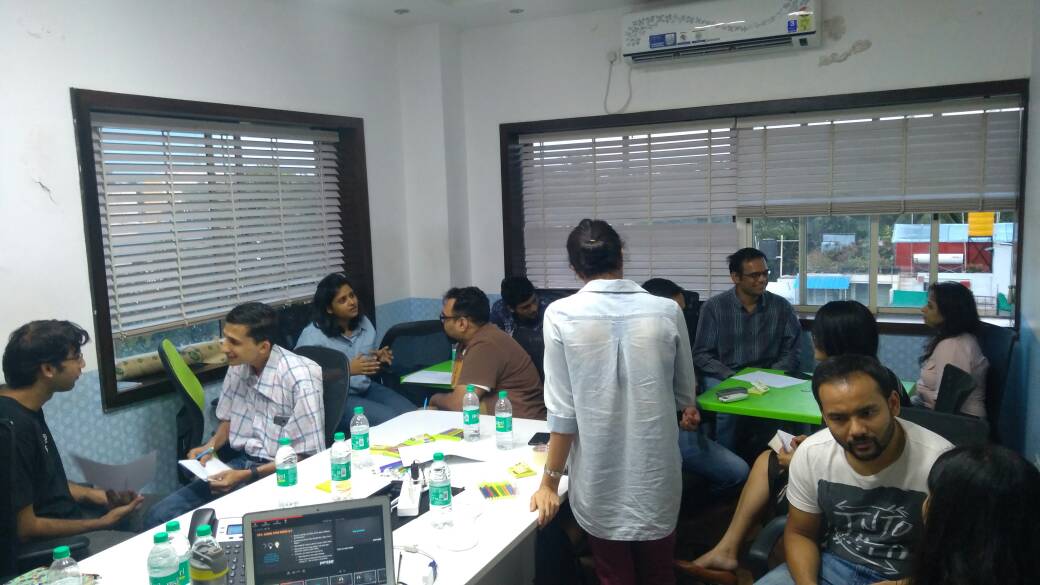

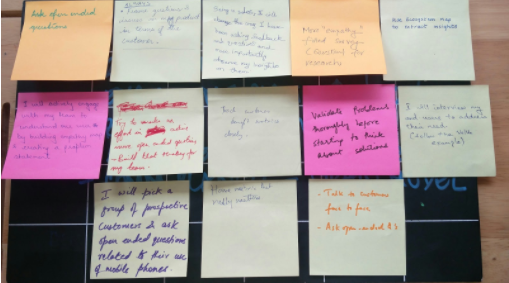
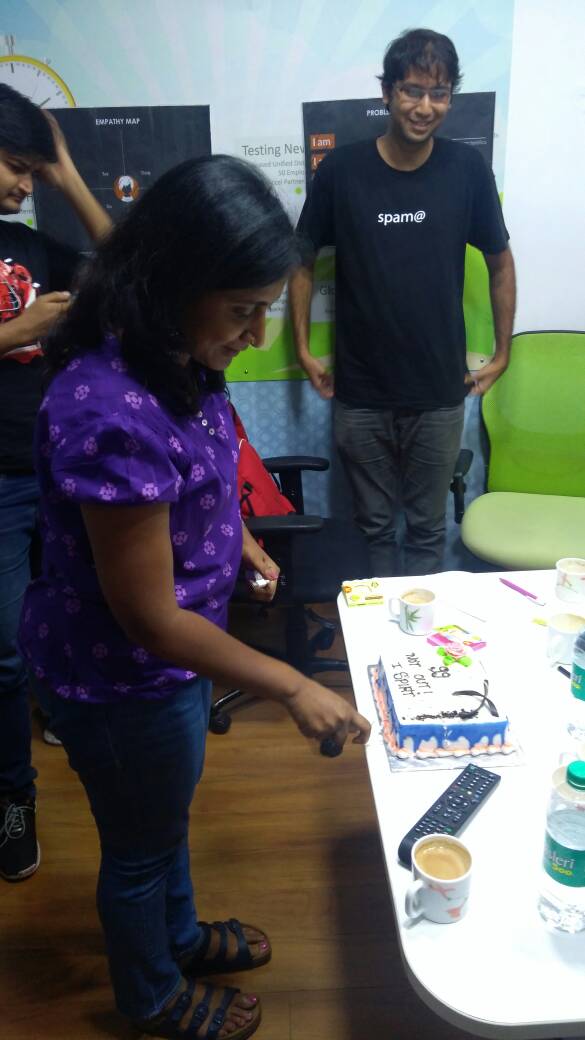
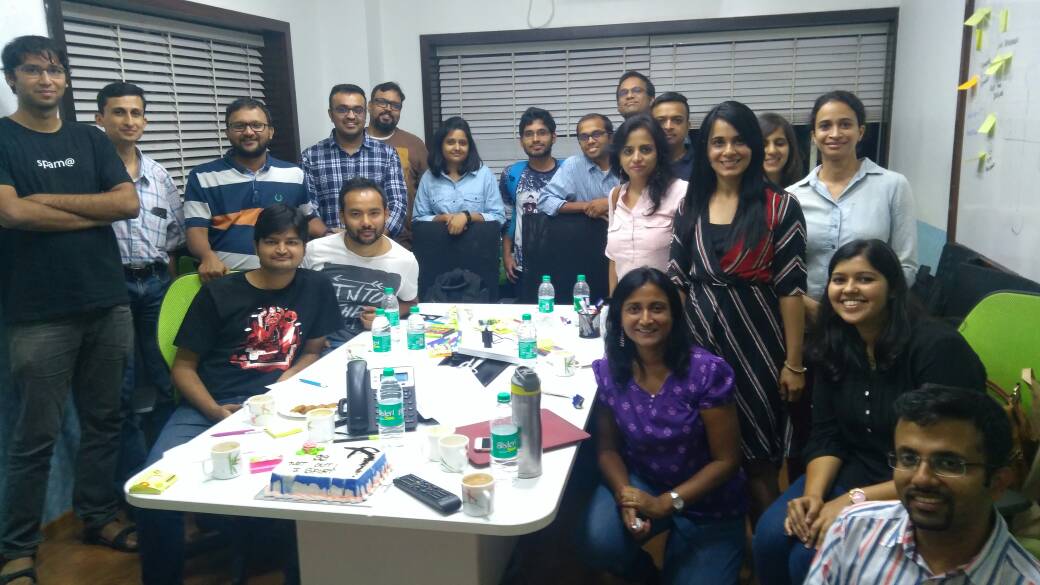






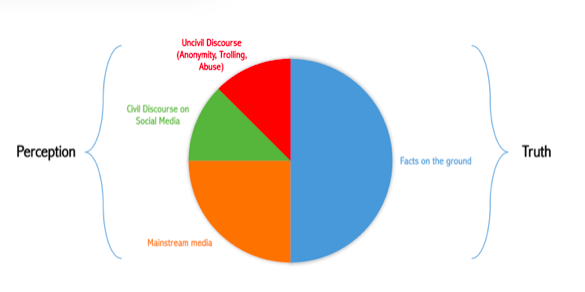
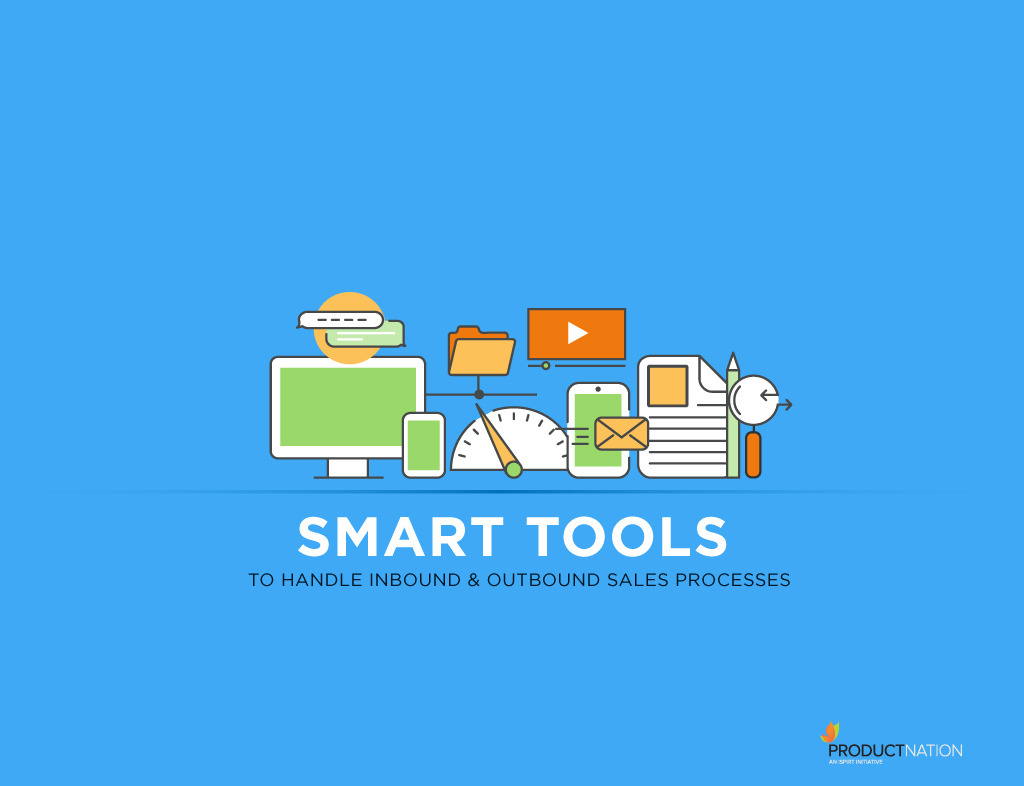 Content is still King, so let’s lead with it.
Content is still King, so let’s lead with it.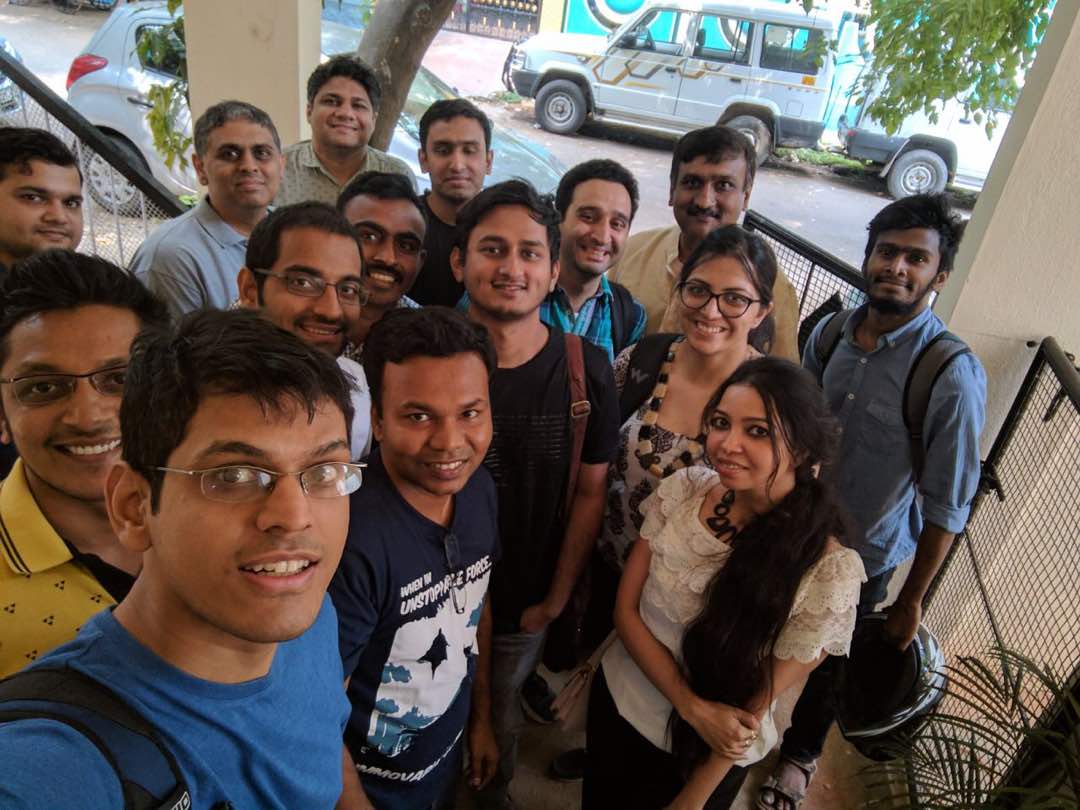 Disclosure : I am
Disclosure : I am 



